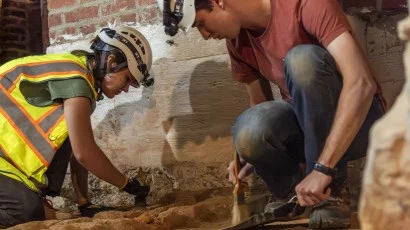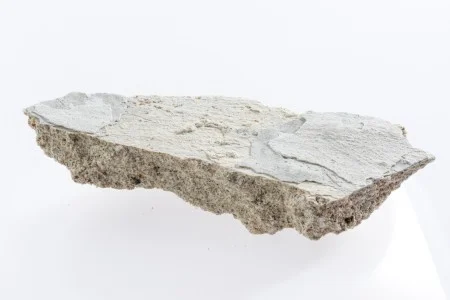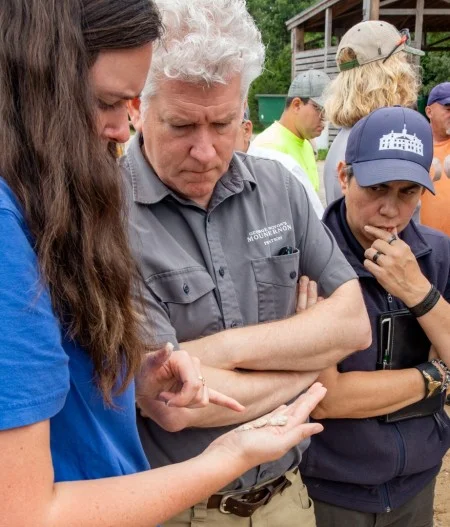One of the many types of analysis undertaken by Mount Vernon conservators is mortar analysis, using mortar samples like the one seen above. By breaking down the components of a mortar sample, mortar analysis helps staff identify approximate dating, material types and ratios used in creation, and geographic sources. This information also helps the Preservation staff create historically accurate mortars for use in restoration work.
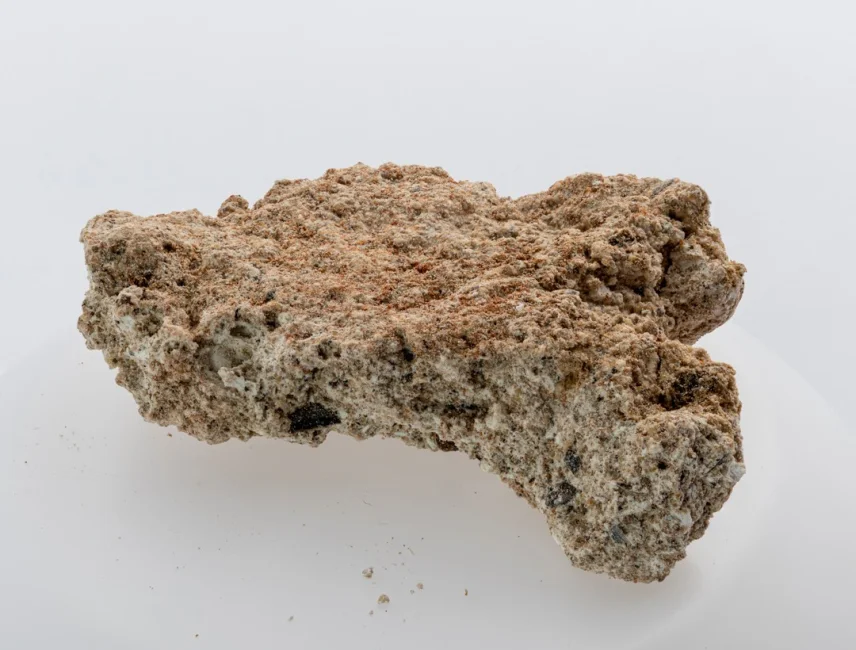
Mansion Revitalization
Repairing sections of the Mansion’s masonry is one of the major tasks of the Mansion Revitalization Project. The brick and stone foundation walls and chimney bases in the cellar provide the strong underpinning upon which the Mansion stands, and the partition walls provide insight into the cellar’s plan, function, and evolution.
As with the home’s framing, some necessary interventions, completed with modern materials, have proven to be unsympathetic to the original fabric of the house, slowly causing unintended damage. During the Mansion Revitalization Project, modern “Portland cement” will be replaced with a soft, lime mortar, like that used in the original construction.
Repairing sections of the Mansion’s masonry is one of the major tasks of the Mansion Revitalization Project.
The choice of mortar is crucial for preservation to ensure compatibility with nearby materials and consistency with what would have been used in the 18th century while providing structural soundness. Traditional lime-based mortars are softer and sacrificial, providing a cushion between bricks and allowing them to fail gracefully over time without compromising the structural integrity of the bricks themselves. This approach contrasts with harder materials like Portland cement, which can be detrimental to historic brick structures by trapping moisture and causing decay.
Choosing the right sand and aggregate for the mortar is another crucial aspect of the restoration. Extensive research was conducted to find a sand mix that closely matches the color and aggregate size of the original materials used at Mount Vernon.
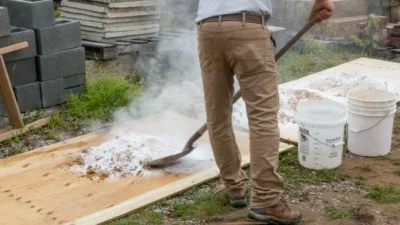
Did You Know?
Oyster shells were used to make mortar in the 18th century! Oyster shells were baked at over 1,500 degrees to produce quicklime, which was then mixed with water to create lime. This lime, along with sand and more water, is a key ingredient in traditional mortar. Not only do our archaeologists find fragments of this type of mortar in almost every excavation, but our Architecture team also uses lime mortar to repair our historic structures, including the Mansion and outbuildings.
Mansion Revitalization Blog
Follow along as we post updates and discoveries from the landmark Mansion Revitalization Project.
Learn more